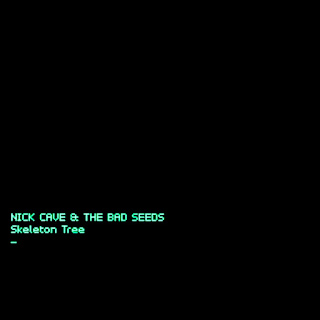 |
| Society of the bespectacled |
The all too powerful pairing of politicians and urban developers was (and still is) a well-oiled machine that has the legal means and the financial resources to overcome citizens' resistance and legal challenges ahead.
However, this has not always been the case; fortunately, people have stood up and fought against ill-conceived plans that some fat cat (with the help of a conveniently bought politician) wanted to impose in the name of what they understand as modernity.
One such example was the figure of Jane Jacobs, an American-born urban activist who back in the 60s in New York first and in Toronto later led the way and showed us that cities do not have to be the way capitalist and corrupt developers want.
In a heavily male-dominated environment, Jacobs dared challenge the ruling local financial elite and organised a grassroots movement to protect her neighbourhood-Greenwich Village, Manhattan- from the mighty developer Robert Moses, whose plans included a total overhaul of the area. She had to fight prejudice and the arrogance of the establishment who patronised and ridiculed her for both being a woman and for not having an architecture or urbanism academic training. Despite all the scorn she encountered, she became heavily involved in the urban planning movement and her work The Death and Life of Great American Cities has become a classic book and must-read for anyone interested in the topic from a critical perspective.
 |
| Walking in the community: a Jane's walk in Cornes, Compostela (Galiza) |
A group of Jane's friends gathered in May 2007 to honour her memory by organising a walk and to celebrate her legacy and ideas. Very soon, this became an annual event that went global and so every year now thousands of people join neighbourhood walks across the world in a sort of street festival of ideas about what sustainable cities should mean. The initiative known as Jane's Walks was born.
These walks, despite (or maybe thanks to) their simplicity, are a very effective and powerful tool to raise awareness and to create a sense of community and belonging among people who wouldn't otherwise have the chance of meeting other like-minded people to discuss issues they all can relate to. Something as simple as walking around the neighbourhood to exchange experiences and views can become an almost cathartic and intense experience; it is also a political statement that challenges a model that promotes individualism and a passive attitude.
I have no doubt whatsoever that Jane Jacobs would be immensely proud of such an initiative that year after year fills the streets with people who care about their cities and their neighbours and are prepared to reclaim the streets.









